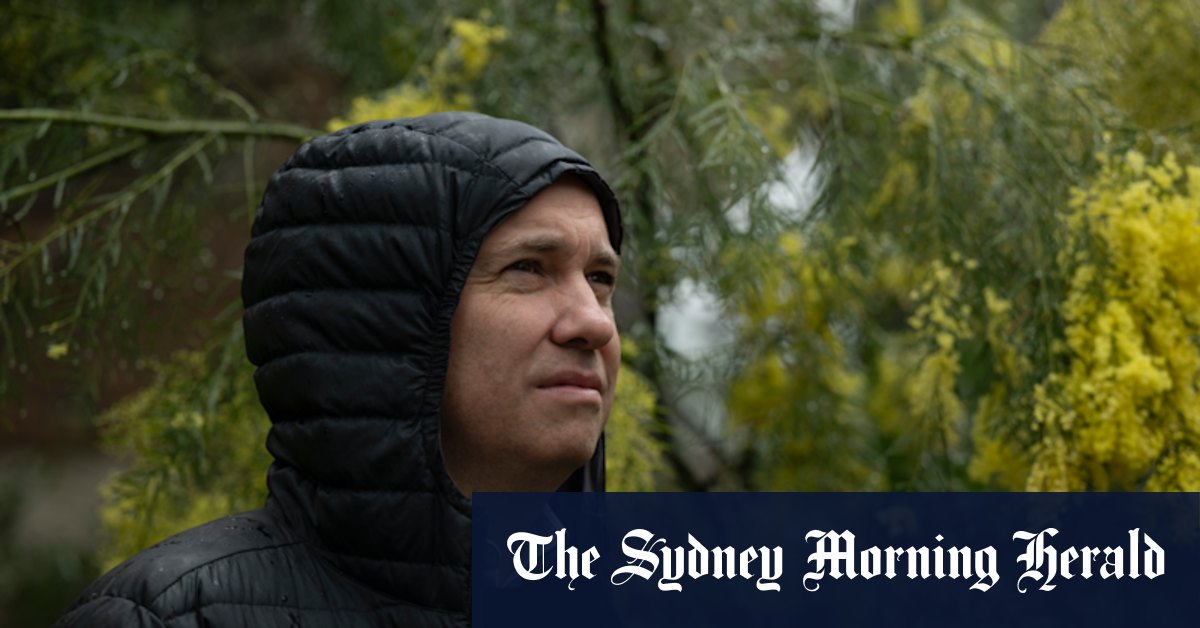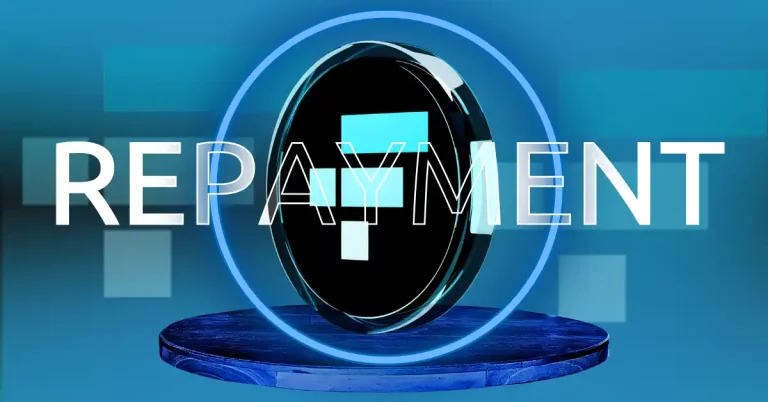
Matt Kean, a seasoned member of the Liberal Party and chair of Australia’s Climate Change Authority, is at the forefront of one of the nation’s most critical challenges – achieving ambitious greenhouse gas emissions targets while safeguarding economic growth in a traditionally coal- and gas-reliant economy. His work addresses the dual need for environmental sustainability and economic stability, with far-reaching consequences for the nation’s future.
Balancing Policy Ambitions with Reality
The Climate Change Authority, under Kean’s leadership, is gearing up to recommend Australia’s emissions reduction targets for 2035, a key benchmark under the Paris Agreement. Leading environmental groups advocate for a target of a 70-100% reduction to limit global temperature rise to 1.5 degrees Celsius. Meanwhile, business organizations push for more conservative figures, around 50-60%. Navigating this spectrum of demands requires a remarkable blend of diplomacy, science, and pragmatism.
Kean emphasizes that the final target must be both “ambitious and achievable,” grounded in existing and emerging technologies. His process, described as a meticulous sector-by-sector analysis of the economy, evaluates technologies capable of cutting emissions without hindering economic growth. For instance, promising innovations like green hydrogen for steel production remain limited, as major steelmakers have no plans to overhaul their furnaces before 2035. This forces Kean to explore alternative strategies to meet reduction goals.
The Road Ahead: Challenges and Opportunities
Australia’s standing in the global climate debate depends on credible commitments and recommendations. Prime Minister Albanese and Climate Change Minister Chris Bowen are eyeing an opportunity to host next year’s COP climate conference. Winning this international bid aligns with advancing robust environmental policies and demonstrating climate leadership on the global stage.
Upcoming reports, such as the National Climate Risk Assessment, outline the potentially harsh outcomes of climate inaction by mid-century. Kean’s focus, however, is on ensuring practical solutions. By anchoring policies in tangible technological advances and making steady, data-driven progress, he hopes to build trust in the Climate Change Authority as a neutral, authoritative body akin to the effectiveness of Australia’s Reserve Bank.
Advocacy Beyond Numbers
While emissions targets dominate discussions, Kean also champions biodiversity, highlighting alarming extinction rates and the urgent need for reforms to the Environmental Protection and Biodiversity Act. During his tenure as NSW Energy and Environment Minister, Kean played a key role in passing legislation to achieve a 50% reduction in emissions by 2030, 70% by 2035, and net-zero by 2050. He sees decarbonization not as a political ambition but as a shared national interest.
As a father of four, Kean’s environmental advocacy is deeply personal. Restoring ecosystems like the Great Barrier Reef for future generations inspires his work. “What motivates me is the idea that we can hand our planet to our kids better than we found it, and hand them an economy stronger and more prosperous than we inherited,” Kean shared in a recent interview.
Expert Picks: The Tools of Transformation
For those committed to sustainability on a personal level, consider adopting eco-friendly products to reduce your carbon footprint. Brands like Biome offer a wide range of sustainable household items and personal care products, such as reusable bamboo cups or biodegradable cleaning solutions.
View these simple actions as part of a collective effort toward addressing climate change. Every step counts, whether it’s adopting a green lifestyle, supporting renewable energy initiatives, or pressing policymakers to prioritize a sustainable future.
Stay updated on Kean’s work and other climate initiatives as Australia takes bold strides to address this monumental challenge. Subscribe to the latest news and updates by signing up for our Morning Edition Newsletter.





